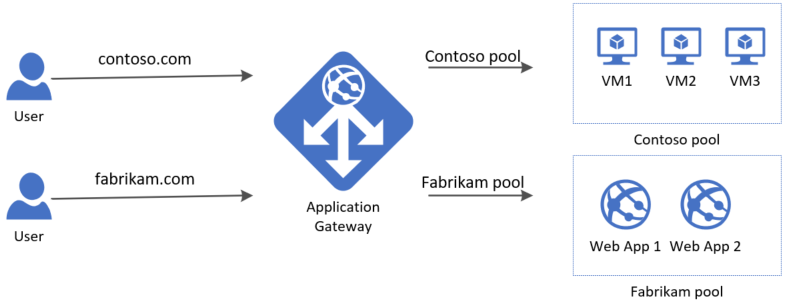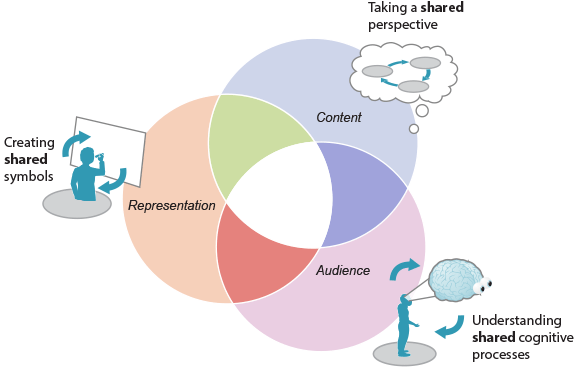
You have many options to backup your website. There are three options: Manually, Offline and CodeGuard. It doesn't matter what method you choose, it's important that you always have a copy of your website somewhere safe. You can restore your website to the exact state it was before creating the backup.
Manually
While it's possible to backup a few websites manually, it can be time-consuming if there are hundreds or thousands. Websites are more than just files. They also contain text and settings. You need to back them up. Manually backing up a website can also cause the website to run slower and cause you to lose files. You should avoid this by using an external service to backup your website.
Regular backups are important for your website. Your site will be protected from any unforeseen failures or errors, such as a crash of the server. You will lose both revenue and customer trust if your website is unavailable for an extended period. It can be costly to rebuild a website from scratch and it is even harder to win back the trust of your customers.

Offline
It is easy to download the entire site to backup. This will be a backup that can be used in case of server failure or hacking. In addition, you'll have an offline copy of your website if the online version is accidentally deleted or your web host goes out of business.
Luckily, there are several ways to do this. A typical site backup involves dumping the website's database into a file, and it might even include your theme and layout. You can also choose a more powerful backup solution for an additional fee. The best option will depend on the type of website you own and how often you want to back it up.
Alternatively, you can use an FTP client to download your site offline. You'll need a web-browser that supports FTP to access your hosting account. You'll need to know the username and password for your hosting service. Alternatively, you can use a website copying program to download all the files on your website and arrange them in the proper order to create a mirror copy.
CodeGuard
CodeGuard can automatically backup your website, and any other data, even if it hasn't changed. It monitors your website for changes, and makes backups as soon as it notices them. You can also make changes to your website or database and delete it. The dashboard lets you monitor the progress of your backup and make adjustments, if needed.

First, connect to your website via your FTP credentials. After doing so, CodeGuard will display a list of files stored on your server, including WordPress files. Next, select the data you want to restore. You will see a screen letting you know the backup has been completed.
CodeGuard, an automated website backup service, stores backup data in a third-party cloud storage platform. It features an easy-to-use restore feature and protects backup data with a 256bit AES encryption key. You will also be alerted to changes in your website by the backup program.
FAQ
WordPress is a CMS?
The answer is yes. It's called a Content Management System. Instead of using Dreamweaver or Frontpage, a CMS lets you manage your website content directly from your web browser.
WordPress is absolutely free! Other than hosting, which you usually get from your ISP.
WordPress was initially created as a blogging platform, but it now offers many other options such as eCommerce sites, forums and membership websites. Portfolios are also available.
WordPress is simple and easy to install. To install WordPress, you will need to download the installer file from their website. Once it is downloaded, upload it to your server. After that, you can simply access your domain name with your web browser.
After installing WordPress on your computer, you'll need a username and a password. Once you have logged in, a dashboard will appear where you can view all of your settings.
This is where you can add pages or posts, images and links to them. If you are comfortable creating and editing content, you can skip this step.
If you prefer to work with a professional web designer, you can hire them to manage the entire process.
What technical skills do I need to design and construct my site?
No. It doesn't matter what HTML or CSS you know. Online tutorials can be found that cover both HTML and CSS.
What is a "static website"?
A static website can be hosted anywhere, including GitHub Pages, Amazon S3, Google Cloud Storage, Windows Azure Blob storage, Rackspace Cloud Files, Dreamhost, Media Temple, and others. In addition, you can also deploy a static site to any platform that supports PHP, such as WordPress, Drupal, Joomla!, Magento, PrestaShop, and others.
Because they don't send requests back and forth between servers, static web pages are easier to maintain. They load quicker because they don't need to send requests back and forth between servers. For these reasons, static web pages are often better for smaller companies that don't have the time or resources to manage a website properly.
Statistics
- Did you know videos can boost organic search traffic to your website by 157%? (wix.com)
- At this point, it's important to note that just because a web trend is current, it doesn't mean it's necessarily right for you.48% of people cite design as the most important factor of a website, (websitebuilderexpert.com)
- Is your web design optimized for mobile? Over 50% of internet users browse websites using a mobile device. (wix.com)
- It's estimated that in 2022, over 2.14 billion people will purchase goods and services online. (wix.com)
- Studies show that 77% of satisfied customers will recommend your business or service to a friend after having a positive experience. (wix.com)
External Links
How To
What is website hosting?
Website hosting refers to where people go when they visit a website. There are two types:
-
Shared hosting is the cheapest. Your website files reside on a server owned by someone else. Your customers' requests travel via the Internet to your server when they visit your site. The server owner then forwards the request to you.
-
Dedicated Hosting - This option is the most costly. Your website will reside on a single server. There are no other websites sharing space on the server. Your traffic remains private.
Shared hosting is preferred by most businesses because it's cheaper than dedicated hosting. When you use shared hosting, the company that hosts the server gives you the resources to run your site.
Each option has its pros and cons. These are the key differences between them.
Pros of Shared Hosting
-
Lower Cost
-
It's easy to set up
-
Frequent Updates
-
It can be found on many web hosting companies
Shared hosting can often cost as little as $10/month. But keep in mind that this price usually includes bandwidth. Bandwidth refers the data that you can transfer over the Internet. Even if you are only uploading photos to your blog site, high data transfer rates can still cost you extra.
Once you begin, you will soon see why you spent so much on your previous host. Most shared hosts don't offer any customer support. Although they will help you set up your site occasionally, you are on your own once you have done that.
You'll want to look into a provider that offers 24-hour phone support. They'll take care of any issues that come up while you sleep.
Cons of dedicated hosting
-
More Expensive
-
Less is More
-
Specific Skills Required
With dedicated hosting you will have everything you need to manage your website. You won't have worry about whether your website is using enough bandwidth, or whether it has enough RAM (random-access memory).
This means that you will have to pay a little more upfront. However, once your business goes online, you'll discover that you don’t need as much technical support. You'll quickly become an expert at managing your server.
Which Is Better For My Business:
This depends on the kind of website that you want. If you're selling products only, shared hosting might work best. It's simple to set it up and keep it updated. It's easy to set up and maintain, as you share a server with other sites. You will likely be updated frequently.
However, dedicated web hosting is the best way to build a community around you brand. Instead of worrying about your traffic, you can build your brand while still being able to concentrate on your business.
Bluehost.com offers both. They offer unlimited monthly data transfers, 24/7 support, free domain name registration, and a 30-day money-back guarantee.